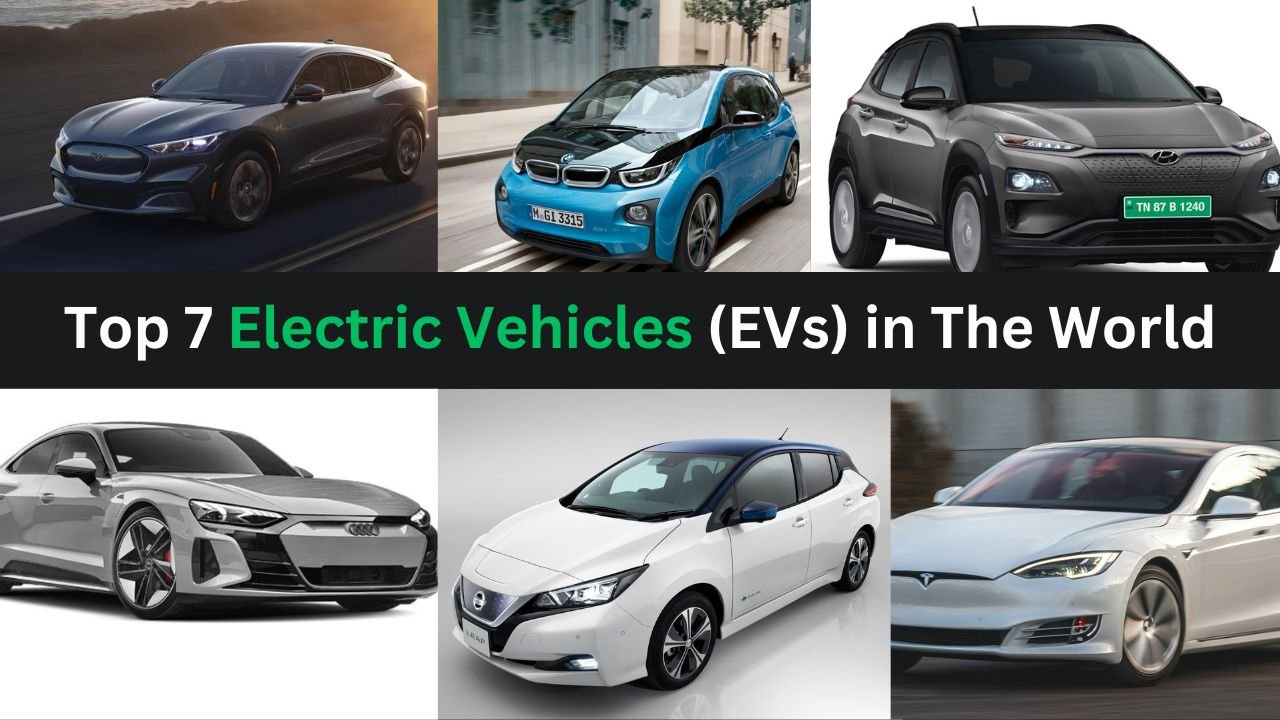Electric vehicles (EVs) have gained popularity in recent years as people seek more environmentally friendly transportation options. As EV ownership has grown, so has the need for reliable and efficient charging stations. One popular option is the Juice Box EV charger, known for its fast charging capabilities and user-friendly design. However, even the best chargers can encounter problems from time to time. In this article, we’ll provide some tips for troubleshooting common issues with your Juice Box EV charger.
Check the Power Source
When troubleshooting your Juice Box EV charger, checking the power source is often the first step. This involves ensuring that the charger is properly plugged in and that the outlet is providing power. You can do this by checking the outlet with a different device or by resetting the circuit breaker if necessary. If you’re using an extension cord, make sure it is rated for the amperage required by your charger.
It’s important to note that some Juice Box chargers may have specific power requirements, such as a dedicated 240-volt circuit. Make sure to consult your charger’s manual for any specific power requirements or limitations. Failure to follow these requirements can result in damage to your charger or your vehicle’s electrical system.
In addition, make sure that the power source is providing a consistent voltage and amperage. Fluctuations in voltage or amperage can cause charging problems and potentially damage your charger or vehicle. You may want to invest in a voltage or amperage meter to monitor the power source while charging.
By checking the power source and ensuring that it is providing the necessary power, you can eliminate one potential cause of charging issues with your Juice Box EV charger.
Check the Connections
Another important step in troubleshooting your Juice Box EV charger is to check the connections between the charger and your electric vehicle. This involves ensuring that the connector is properly inserted into the vehicle’s charging port and that the cables are securely attached to the Juice Box unit. Loose or improperly connected cables can cause the charging process to be interrupted, resulting in charging problems.
When checking the connections, make sure to inspect the connector and cables for any signs of wear or damage. Frayed or damaged cables should be replaced immediately to avoid potential safety hazards.
It’s also important to ensure that the charging port on your vehicle is compatible with the Juice Box charger. Some vehicles may require a specific type of connector or charging protocol, and using the wrong charger can result in charging problems or even damage to your vehicle’s electrical system.
If you’re still experiencing charging problems after checking the connections, try using a different charging cable or connector to see if the issue persists. This can help determine if the problem is with the charger or the vehicle’s charging port.
By checking the connections and ensuring that they are secure and properly connected, you can eliminate another potential cause of charging issues with your Juice Box EV charger.
Check the Charger Settings
If your Juice Box charger is still not working, check the charger settings. Make sure that the charging mode is set correctly for your vehicle, as different vehicles may require different charging settings. You can also check the charger’s display for any error messages or warnings that may indicate a problem.
Check for Overheating
Overheating can be a common issue with electric vehicle chargers, especially if they are being used for extended periods of time. If your Juice Box charger feels hot to the touch, it may have overheated and shut off automatically to prevent damage. Give the charger some time to cool down before attempting to use it again.
Contact Customer Support
If you have tried all of these troubleshooting steps and your Juice Box charger is still not working, it may be time to contact customer support. The manufacturer can provide additional troubleshooting tips or may need to send a technician to repair or replace the charger.
Check the Charger Cord
Another potential issue to check is the charger cord itself. If the cord is damaged or frayed, it may cause charging problems. Make sure to inspect the cord for any visible damage and replace it if necessary.
Check the Ground Fault Circuit Interrupter (GFCI)
Many electrical outlets, especially those located outdoors or in damp areas, are equipped with a ground fault circuit interrupter (GFCI) to prevent electrical shocks. If your Juice Box charger is connected to a GFCI outlet, it may be the cause of your charging problems. Reset the GFCI by pushing the “reset” button and try charging your vehicle again.
Check the Vehicle’s Charging Port
In some cases, the issue may not be with the Juice Box charger itself, but with the vehicle’s charging port. Check the port for any visible damage or debris that may be preventing a secure connection. You can also consult your vehicle’s manual for any specific charging requirements.
By following these additional troubleshooting tips, you can further diagnose and resolve any issues with your Juice Box EV charger. It’s important to remember that proper maintenance and care of your charger can help prevent issues from occurring in the first place. Regularly inspect the charger and its components for any signs of wear or damage, and follow all safety guidelines provided by the manufacturer. With a little attention and care, your Juice Box charger can provide reliable and efficient charging for your electric vehicle for years to come.
In conclusion
the Juice Box EV charger is a reliable and efficient charging option for electric vehicle owners. However, like any electronic device, it may encounter problems from time to time. By following these troubleshooting tips, you can quickly diagnose and resolve common issues with your charger and get back on the road with a fully charged battery.
Also read: Top 10 Electric Vehicle Manufacturers in USA







